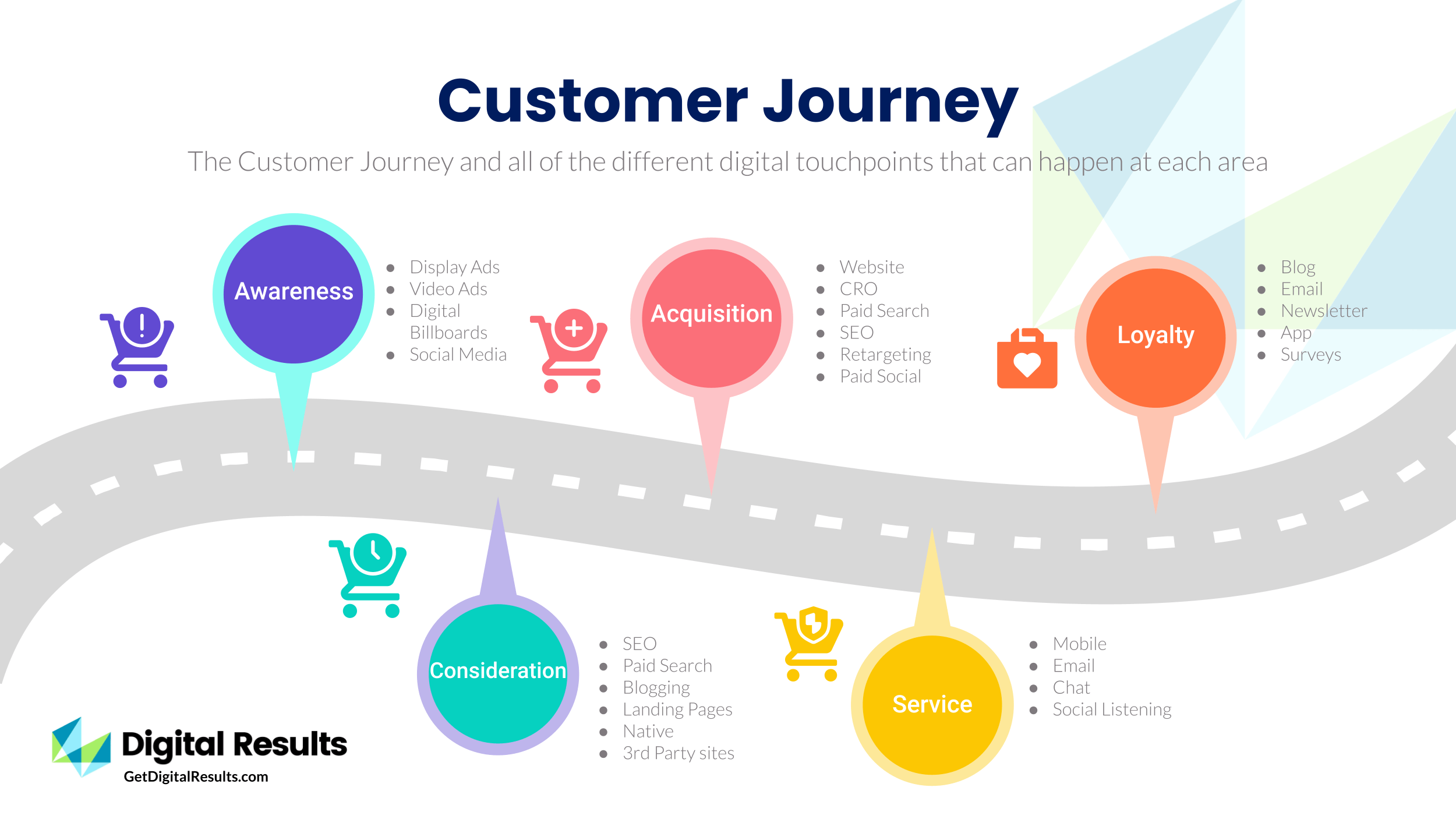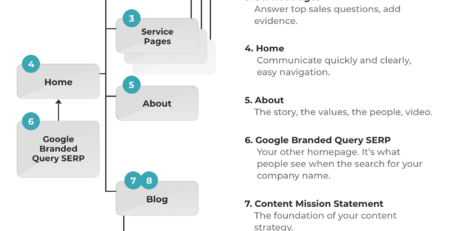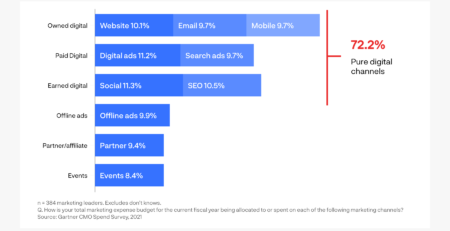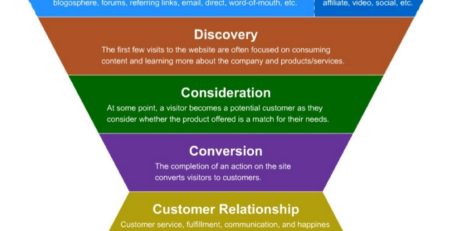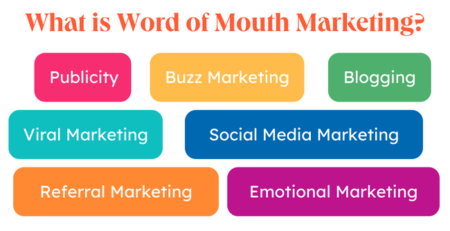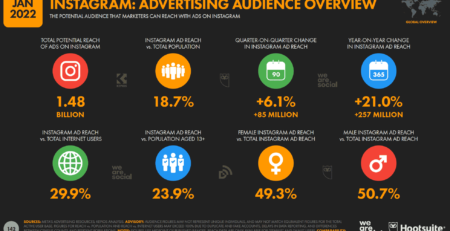Why Is The Customer Journey Important For Digital Marketing?
Hey there! Today, let’s talk about why the customer journey is important for digital marketing. 🚀
You might be wondering, what exactly is the customer journey? Well, it’s the path a customer takes from the moment they first discover your brand to the point where they make a purchase and become a loyal customer. 🛒
But why is this journey so crucial for effective digital marketing? 🤔 That’s what we’re here to uncover! Understanding the customer journey allows businesses to tailor their marketing strategies and deliver personalized experiences that resonate with customers at every touchpoint. And when your marketing hits the mark, it can lead to increased brand loyalty, more conversions, and ultimately, business growth. 💪
So, buckle up and get ready to dive into the world of the customer journey and how it impacts digital marketing. Let’s go on this exciting journey together! 🌟
Why is the Customer Journey Important for Digital Marketing?
When it comes to digital marketing, understanding the customer journey is crucial for success. The customer journey refers to the various touchpoints and interactions a customer has with a brand before making a purchase. It encompasses everything from the initial discovery of a product or service to the final decision to buy. By gaining insights into the customer journey, businesses can tailor their marketing strategies to effectively engage and convert customers.
The Importance of Mapping the Customer Journey
Mapping the customer journey allows businesses to gain a deeper understanding of their target audience and how they make purchasing decisions. It provides invaluable insights into customer needs, preferences, pain points, and motivations. By analyzing the customer journey, businesses can identify areas where they can improve their marketing efforts and better align their messaging with customer expectations.
Understanding the customer journey also helps businesses optimize their marketing budget by focusing on channels and touchpoints that have the greatest impact on driving conversions. It allows them to create targeted marketing campaigns that are personalized and relevant to each stage of the customer journey, increasing the likelihood of attracting and retaining customers.
Moreover, mapping the customer journey helps businesses identify opportunities for innovation and growth. It allows them to uncover new touchpoints or channels that can be leveraged to engage with customers and differentiate themselves from competitors. By staying ahead of customer trends and preferences, businesses can continuously adapt and optimize their marketing strategies to stay relevant in the digital landscape.
Key Touchpoints in the Customer Journey
The customer journey consists of various touchpoints that play a crucial role in influencing purchase decisions. Here are some key touchpoints that businesses should pay attention to:
1. Awareness
At the awareness stage, customers become familiar with a brand or product for the first time. This can occur through social media ads, search engine results, content marketing, or word-of-mouth referrals. Businesses should focus on creating brand awareness and capturing the attention of potential customers during this stage.
2. Consideration
During the consideration stage, customers actively research and evaluate different options before making a purchase. This can involve reading reviews, comparing prices, or seeking recommendations. Businesses should provide valuable information and resources to help customers make informed decisions and position themselves as the best choice.
3. Conversion
The conversion stage is where the customer makes a purchase. This can happen through an online transaction, a phone call, or an in-person visit. Businesses should make the purchasing process as seamless as possible and provide clear calls to action that encourage customers to take the next step.
4. Retention
After a customer makes a purchase, the focus shifts to retention. Businesses should nurture the relationship with the customer through personalized communication, loyalty programs, and excellent customer service. Retaining existing customers is often more cost-effective than acquiring new ones and can lead to repeat purchases and referrals.
5. Advocacy
Advocacy occurs when customers become brand ambassadors and actively promote a brand to others. This can happen through positive reviews, social media mentions, or referrals. Businesses should encourage and reward customers for their advocacy efforts, as it can significantly impact brand reputation and attract new customers.
By understanding and optimizing each of these touchpoints, businesses can create a seamless and engaging customer journey that drives conversions and fosters long-term customer relationships.
Benefits of Understanding the Customer Journey for Digital Marketing
Understanding the customer journey and leveraging it in digital marketing strategies offers numerous benefits for businesses. Here are some of the key advantages:
1. Increased Customer Engagement
By mapping the customer journey, businesses can identify opportunities to engage with customers at the right time and in the right way. This leads to higher levels of customer engagement and a deeper connection with the brand. When customers feel understood and valued throughout their journey, they are more likely to become loyal advocates.
2. Enhanced Personalization
The customer journey provides insights into the specific needs and preferences of individual customers. By understanding these nuances, businesses can deliver personalized marketing messages and offers that resonate with customers on a deeper level. Personalization improves the customer experience and increases the likelihood of conversions.
3. Improved Return on Investment (ROI)
Mapping and optimizing the customer journey enables businesses to allocate their marketing budget more effectively. By focusing on the touchpoints and channels that have the greatest impact on driving conversions, businesses can optimize their ROI. This ensures that marketing resources are utilized in the most efficient and cost-effective manner.
4. Better Customer Retention
Understanding the customer journey allows businesses to identify opportunities for improving the post-purchase experience. By providing exceptional customer service and nurturing the relationship, businesses can increase customer retention rates. Loyal customers are more likely to make repeat purchases and refer others to the brand, contributing to long-term growth.
How to Optimize the Customer Journey in Digital Marketing
1. Conduct extensive customer research
To optimize the customer journey, start by conducting comprehensive customer research. This includes analyzing customer demographics, preferences, pain points, and behavior. Use surveys, focus groups, and analytics tools to gather data and gain insights into your target audience.
2. Identify key touchpoints
Once you have a deep understanding of your customers, identify the key touchpoints in their journey. This involves mapping out each stage of the journey and noting the interactions and channels that are most influential. Consider both online and offline touchpoints to ensure a comprehensive view.
3. Create targeted content and messaging
Develop targeted content and messaging that aligns with each stage of the customer journey. Tailor your marketing materials to address customer pain points, provide solutions, and highlight the unique value of your products or services. Use a mix of channels, such as social media, email marketing, and content marketing, to reach customers at different touchpoints.
4. Optimize the customer experience
Make the customer experience seamless and enjoyable throughout the entire journey. Improve website navigation, streamline the purchasing process, and provide exceptional customer support. Personalize communications and offers to make customers feel valued and understood.
5. Continuously analyze and refine
Regularly analyze the performance of your marketing efforts and customer journey. Use data and analytics to identify areas for improvement and make data-driven decisions. Continuously refine your strategies to ensure they remain effective in the ever-changing digital landscape.
Conclusion
Understanding the customer journey is crucial for successful digital marketing. By mapping and optimizing the customer journey, businesses can gain valuable insights into their target audience, create personalized and engaging experiences, and improve marketing ROI. By continuously analyzing and refining their strategies, businesses can stay ahead of customer expectations and drive long-term success in the dynamic digital landscape.
Key Takeaways: Why is the Customer Journey Important for Digital Marketing?
- Understanding the customer journey helps businesses tailor their marketing strategies to meet customer needs.
- Mapping the customer journey allows for targeted messaging at each stage of the buying process.
- A positive customer journey experience increases customer satisfaction and loyalty.
- An effective customer journey can lead to higher conversion rates and increased sales.
- By analyzing the customer journey, businesses can identify and address pain points to improve the overall customer experience.
Frequently Asked Questions
Here are some common questions and answers related to the importance of the customer journey in digital marketing:
1. How does the customer journey impact digital marketing strategies?
The customer journey plays a crucial role in shaping digital marketing strategies. By understanding the different stages customers go through, businesses can tailor their marketing efforts to meet their needs at each stage. For example, during the awareness stage, marketers can focus on creating brand awareness and capturing the attention of potential customers. During the consideration stage, they can provide more detailed information to help customers make informed decisions. And during the decision stage, they can offer incentives or special deals to encourage conversions. By aligning marketing strategies with the customer journey, businesses can effectively engage with their target audience and drive successful outcomes.
Moreover, acknowledging the customer journey helps businesses identify potential bottlenecks or areas for improvement. By analyzing customer behavior and feedback at each stage, marketers can optimize their digital marketing strategies, remove barriers, and create a seamless customer experience that leads to increased conversions and customer loyalty.
2. How does the customer journey contribute to customer satisfaction?
The customer journey directly impacts customer satisfaction by providing an end-to-end experience that meets customer expectations. When businesses understand the different touchpoints and interactions customers have with their brand, they can create personalized and relevant experiences that resonate with their target audience. By delivering tailored content, meaningful engagement, and excellent customer service at each stage of the journey, businesses can enhance customer satisfaction and build long-lasting relationships.
Additionally, the customer journey allows businesses to anticipate and address customer needs and pain points effectively. By gathering data and insights from each stage, companies can identify areas of improvement and take proactive measures to exceed customer expectations. This not only leads to higher satisfaction levels but also encourages positive word-of-mouth, repeat purchases, and customer advocacy, which contribute to the overall success of a business.
3. How can businesses measure the effectiveness of their customer journey in digital marketing?
Businesses can measure the effectiveness of their customer journey in digital marketing through various metrics and analytics tools. One way is to analyze conversion rates at each stage of the journey. This involves tracking the percentage of users who move from one stage to the next and identifying potential drop-off points. By monitoring conversion rates, businesses can pinpoint areas that need improvement and make data-driven decisions to optimize their marketing efforts.
Furthermore, businesses can assess customer engagement metrics such as click-through rates, time spent on website or landing pages, and social media interactions. These metrics provide insights into how well the customer journey is capturing and retaining the audience’s attention. By analyzing these engagement metrics, businesses can identify areas of success and areas that need more attention or improvement.
4. How does the customer journey impact brand loyalty?
The customer journey has a significant impact on brand loyalty. When businesses provide a seamless and positive experience throughout the customer journey, they foster trust and emotional connections with their customers. By delivering consistent messaging, personalized interactions, and exceptional service, businesses can cultivate a strong sense of loyalty among their target audience.
Additionally, the customer journey allows businesses to nurture relationships with customers even after the purchase. By engaging with customers post-purchase, through loyalty programs, personalized communications, or customer support, businesses can reinforce the value of their brand and build long-term loyalty. When customers feel valued and appreciated at every stage of their journey, they are more likely to become repeat customers, promote the brand to others, and develop a sense of loyalty that goes beyond transactional relationships.
5. Can businesses leverage the customer journey to improve customer retention?
Absolutely! The customer journey is a powerful tool for improving customer retention. By understanding the different stages of the journey, businesses can identify opportunities to engage with customers and reinforce their loyalty. For example, during the post-purchase stage, businesses can gather feedback, address any concerns, and provide personalized recommendations for future purchases.
Moreover, by monitoring customer behavior and preferences throughout the journey, businesses can deliver targeted and relevant content that keeps customers engaged and interested. This ongoing engagement helps build a strong relationship and keeps customers connected to the brand. When businesses consistently deliver value and exceed customer expectations at every touchpoint, they elevate the customer experience, foster customer loyalty, and increase the likelihood of repeat purchases and long-term relationships.
The Customer Journey & the Marketing Funnel | Google Digital Marketing & E-commerce Certificate
Summary
Understanding the customer journey is crucial for digital marketing. It helps businesses create effective strategies, connect with customers, and boost sales.
By mapping the customer journey, companies can identify touchpoints and create personalized experiences. This improves customer satisfaction and loyalty.
Digital marketing professionals can use the customer journey to optimize their campaigns, targeting the right audience at the right time with the right message.
Overall, the customer journey is a valuable tool that helps businesses succeed in the digital marketing landscape. It’s all about understanding and meeting customer needs to drive growth.

